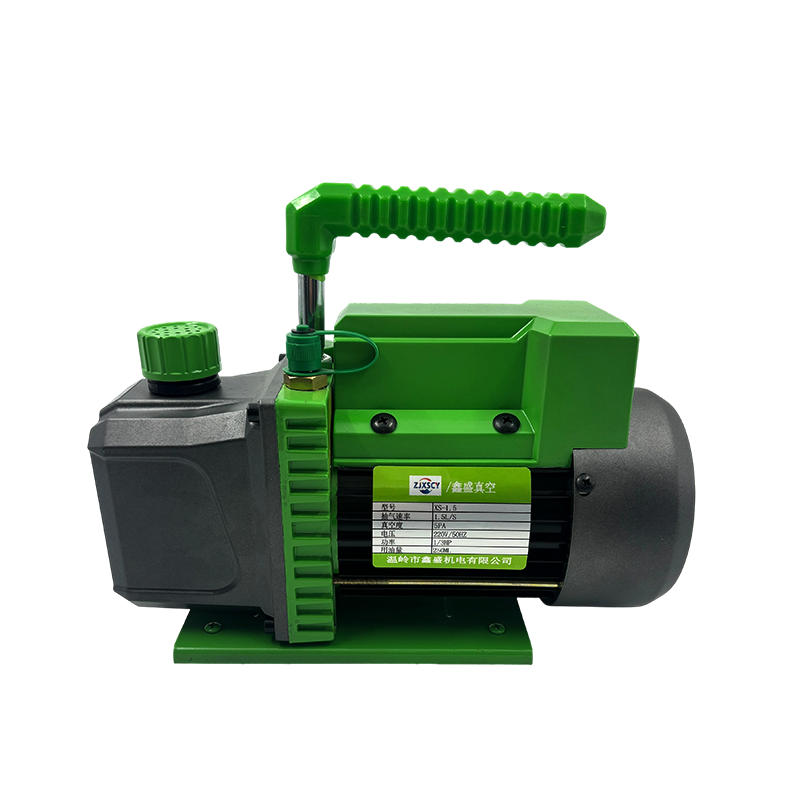Jun 20, 2025
Rotary vane vacuum pumps manufacturer are widely used in various industrial and scientific applications due to their reliable performance and efficiency in creating vacuum environments. Understanding the classification standards of rotary vane vacuum pumps is essential for engineers, technicians, and buyers to make informed decisions when selecting the appropriate pump for specific needs.

The classification of rotary vane vacuum pumps is vital because it guides users in selecting the correct pump based on operational requirements, environmental conditions, and compatibility with gases or fluids involved. Clear classification also helps manufacturers standardize product lines and ensure quality control.
Rotary vane vacuum pumps are classified based on several technical and operational parameters. These parameters provide a structured way to compare pumps and understand their performance characteristics.
Pumping speed, often measured in cubic feet per minute (CFM) or liters per second (L/s), indicates the volume of gas a pump can evacuate per unit of time. Rotary vane vacuum pumps are available in a wide range of capacities, from small laboratory models to large industrial units. Pumps are generally classified into:
Small Capacity Pumps: Suitable for laboratory or light-duty applications, typically under 10 CFM.
Medium Capacity Pumps: Common in industrial and manufacturing settings, with speeds ranging from 10 to 100 CFM.
Large Capacity Pumps: Designed for heavy industrial use, exceeding 100 CFM.
The choice depends on the volume and speed at which the system needs to be evacuated.
Ultimate vacuum refers to the lower pressure the pump can achieve under ideal conditions. It is a critical factor in determining pump suitability. Rotary vane pumps usually achieve ultimate pressures ranging from 0.1 to 0.001 millibar (mbar). Based on ultimate vacuum, pumps can be classified as:
Medium Vacuum Pumps: Ultimate pressure around 0.1 to 1 mbar.
High Vacuum Pumps: Ultimate pressure below 0.1 mbar.
This classification helps identify whether a pump can meet the vacuum level requirements of a particular application.
Rotary vane vacuum pumps can be single-stage or two-stage, depending on their design:
Single-Stage Pumps: Contain one rotor and one set of vanes, suitable for applications requiring moderate vacuum levels.
Two-Stage Pumps: Use two rotors or two pumping chambers in series, allowing deeper vacuum levels and better performance for demanding tasks.
Two-stage pumps generally provide higher ultimate vacuum and improved efficiency but are more complex and costly.
The method used to power the pump also classifies rotary vane vacuum pumps:
Electric Motor-Driven Pumps: Many common type, available in various voltage and power ratings.
Engine-Driven Pumps: Used in portable or remote applications where electric power is not available.
Heat generated during operation needs to be managed. Pumps are classified by cooling methods:
Air-Cooled Pumps: Use airflow to dissipate heat, simpler and more portable.
Water-Cooled Pumps: Use water jackets for better cooling, suitable for continuous or heavy-duty operation.
Beyond the primary parameters, several other factors contribute to the classification and selection of rotary vane vacuum pumps:
Material Construction: The choice of materials, such as cast iron, aluminum, or stainless steel, affects chemical resistance and suitability for various gases.
Lubrication Type: Many rotary vane pumps are oil-sealed, meaning oil is used to lubricate and seal the vanes, but oil-free variants also exist for specific clean applications.
Gas Ballast Feature: Some pumps include a gas ballast valve, allowing controlled admission of air to prevent condensation inside the pump during vapor evacuation.